Morton Gneiss
The Oldest Rock in the United States
Archean
[3.5 Billion Years Before Present]
Morton
Renville County
MINNESOTA
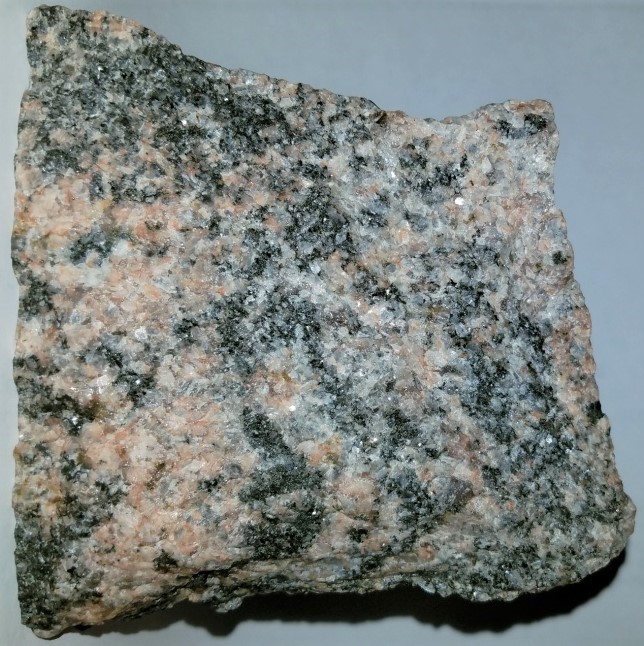
Photographed by Michael P. Klimetz
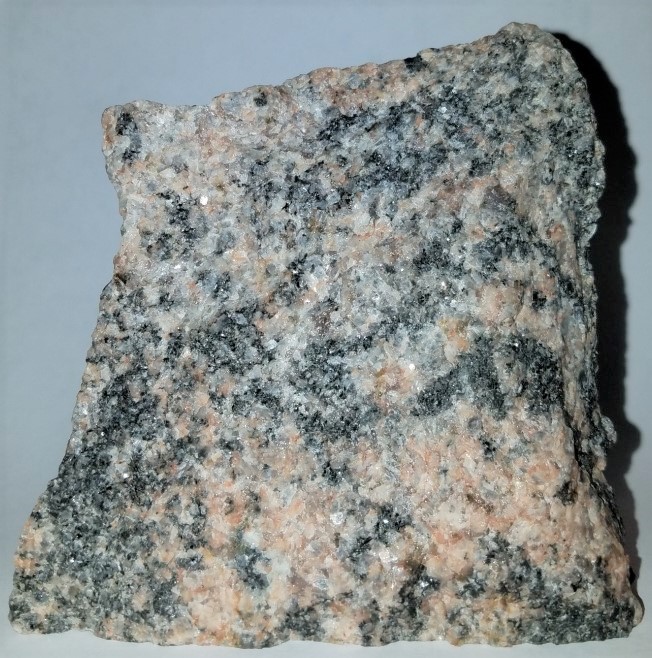
Photographed by Michael P. Klimetz

Photographed by Michael P. Klimetz

Photographed by Michael P. Klimetz
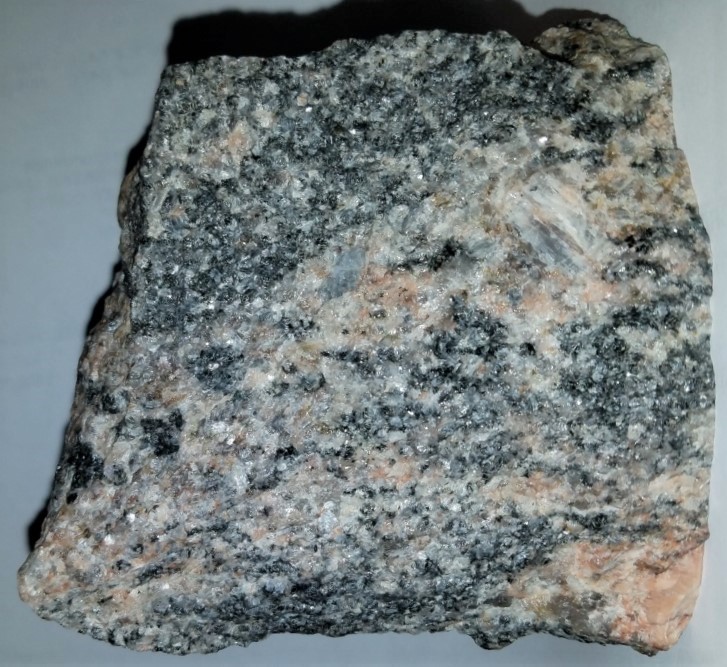
Photographed by Michael P. Klimetz
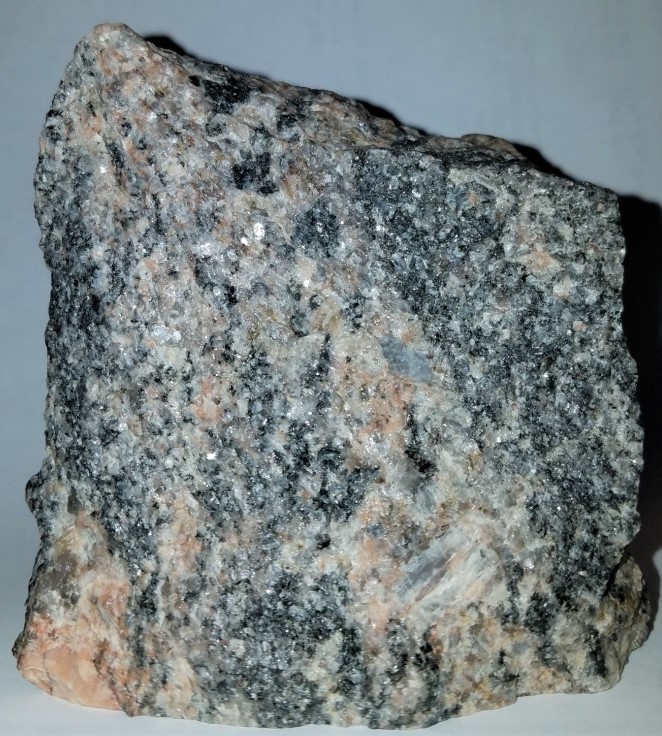
Photographed by Michael P. Klimetz
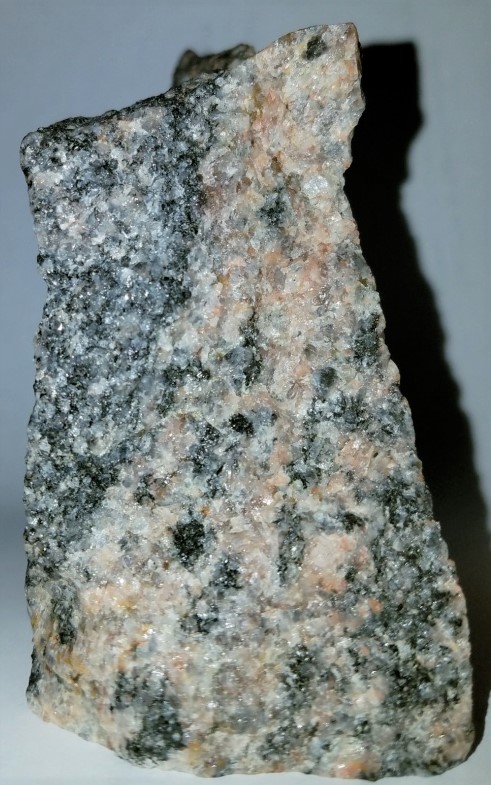
Photographed by Michael P. Klimetz

Photographed by Michael P. Klimetz

Photographed by Michael P. Klimetz
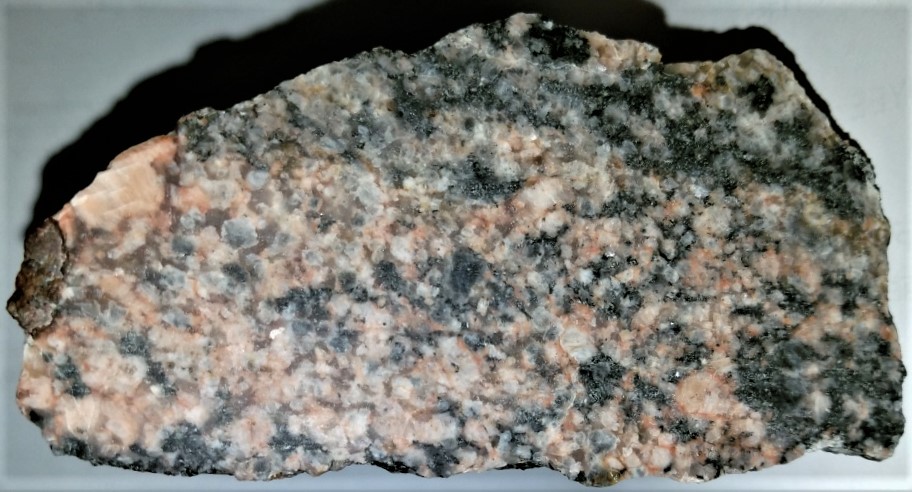
Photographed by Michael P. Klimetz
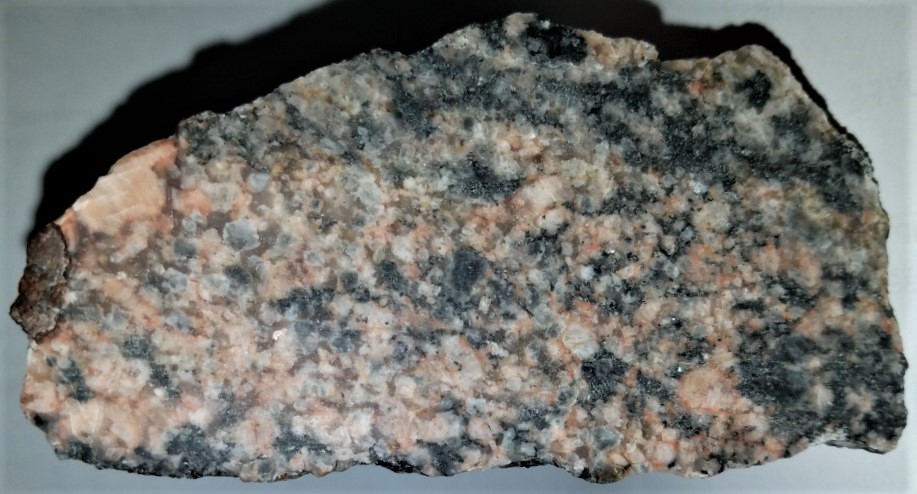
Photographed by Michael P. Klimetz
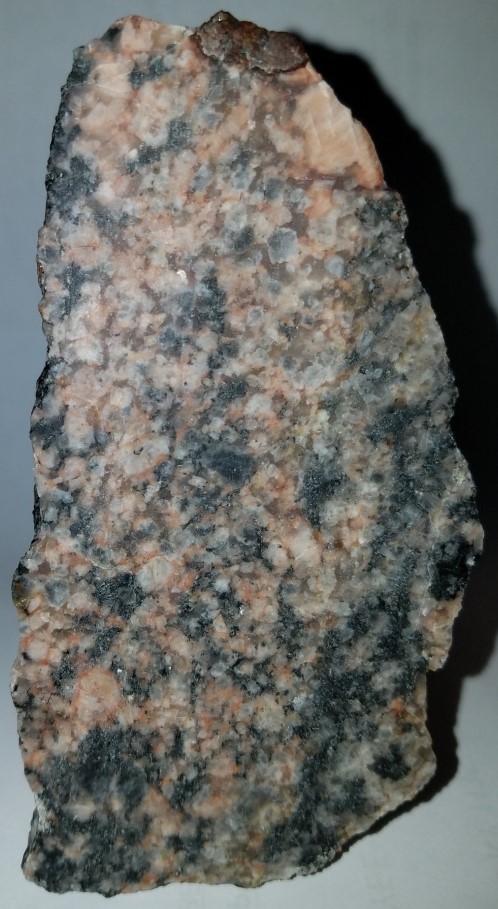
Photographed by Michael P. Klimetz
Suggested Reference
S. S Goldich, C. E Hedge and T. W Stern: Age of the Morton and Montevideo Gneisses and Related Rocks, Southwestern Minnesota: GSA Bulletin (1970) 81 (12): 3671-3696.
Abstract:
Granitic gneisses in the vicinities of Morton and Montevideo in the Minnesota River Valley are dated at 3550 m.y. ago and are the oldest rocks so far found in North America. The gneisses were altered in varying degree by younger events of which two have been dated at 2650 m.y. and 1850 m.y. old.
The event which occurred 2650 m.y. ago was a high-grade metamorphism accompanied by the intrusion of a large volume of granitic magma. Only the U-Pb zircon and the Rb-Sr whole-rock ages survived this event, and both types are discordant. A two-stage model that explains the U-Pb discordant ages combines a primary discordance produced during the metamorphism of 2650 m.y. ago with a secondary discordance developed approximately 100 m.y. ago when uplift and erosion brought the rocks close to the surface. This secondary discordance is also shown by the zircon from granite near Sacred Heart (2650 m.y. old) and from a younger granitic pluton (1850 m.y. old) near Granite Falls.
The discordance in the Rb-Sr whole-rock ages is attributed primarily to the loss of radiogenic Sr87that probably occurred largely during the metamorphism of 2650 m.y. ago. Some later loss, however, is indicated in the younger ages of biotite and K-feldspar. Granitic material introduced or mobilized during the metamorphism is also a complicating factor.
The 1850-m.y.-ago event was a low-grade metamorphism that reset the K-Ar and Rb-Sr ages of biotite in the rocks between Granite Falls and Ortonville. A number of small plutons, ranging in composition from gabbro to granite, and basaltic dikes were emplaced in the gneisses at this time, but only the granitic pluton near Granite Falls has been dated by both U-Pb and Rb-Sr methods.
The mineral ages show variations that are difficult to explain, and the low apparent ages of the biotite may be in some way related to epeirogeny and the stabilizing of the K-Ar and Rb-Sr systems. The southeastern part of the valley, underlain by the Morton Gneiss and the granite at Sacred Heart, was stabilized 2400 to 2600 m.y. ago, but the northwestern part, underlain by gneiss in the Granite Falls-Montevideo area and by granite in the Ortonville area, was not stabilized until 1700 to 1850 m.y. ago.
The Morton Gneiss was formed by synkinematic intrusions of trondhjemitic and granitic magmas, and the structure dates back to the time of the intrusions, 3550 m.y. ago. A similar origin as a synkinematic intrusion of granite is favored to explain the gneiss at Montevideo. The country rock appears to have been a layered series of basaltic lavas, sedimentary rocks, and possibly some sill-like masses of diabase or gabbro. The structure of the region probably was considerably modified during the high-grade metamorphism 2650 m.y. ago.
The rock types that were involved in the Mortonian event 3550 m.y. ago are similar to more recent crustal rocks and do not represent a protocrust.

Thin Sections
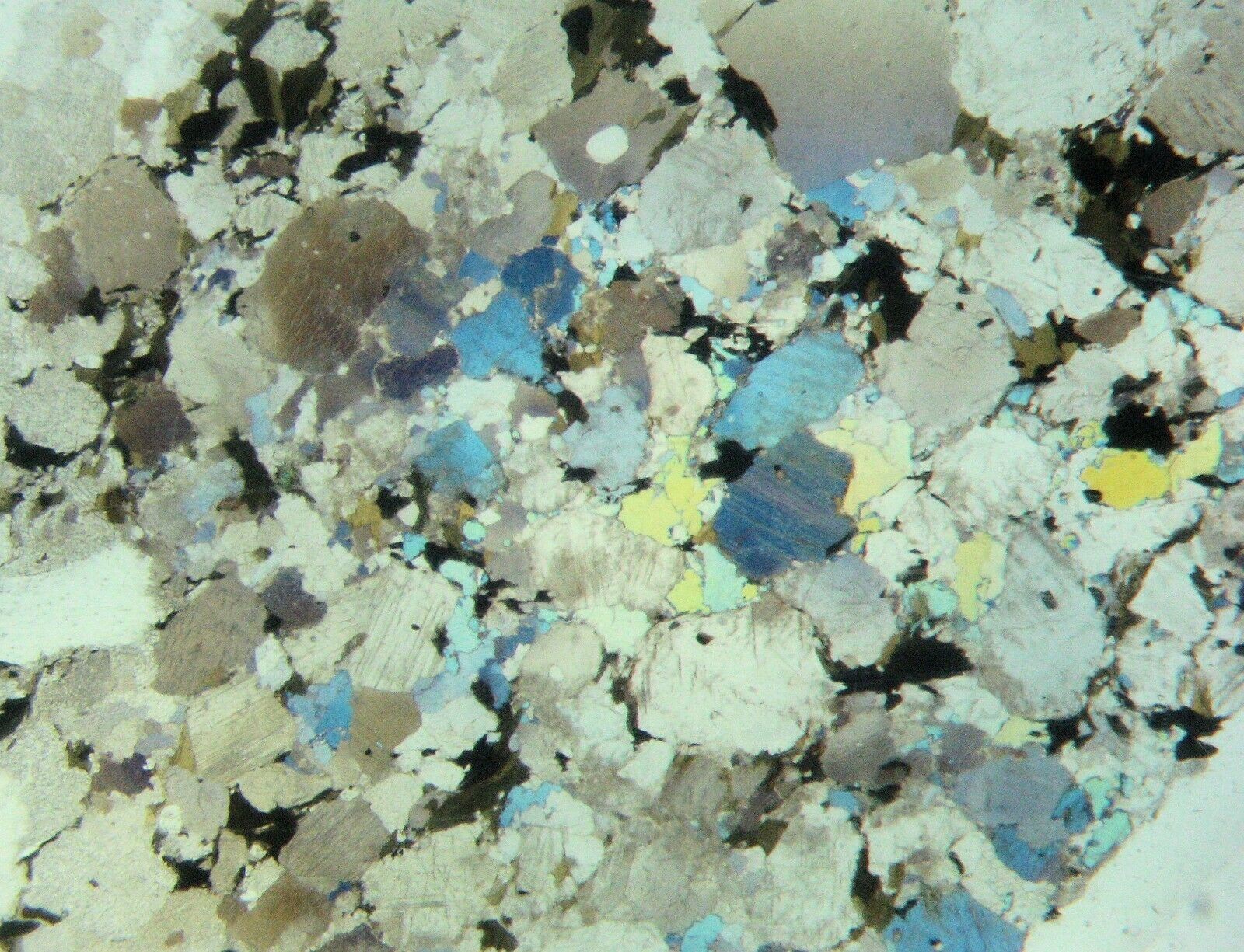
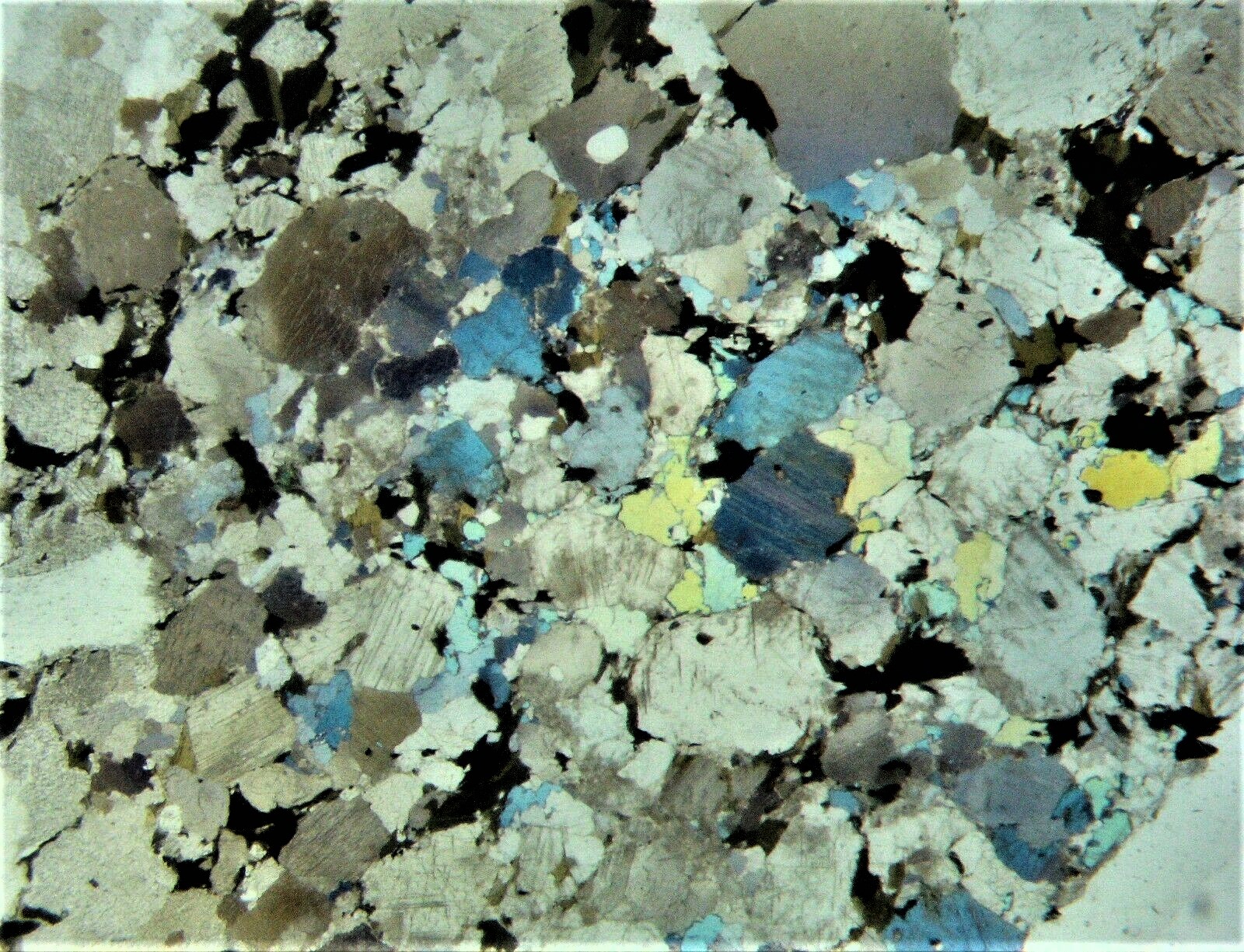
Photographed by Michael P. Klimetz
[Crossed Nicol Lenses]
Additional
Images
Below
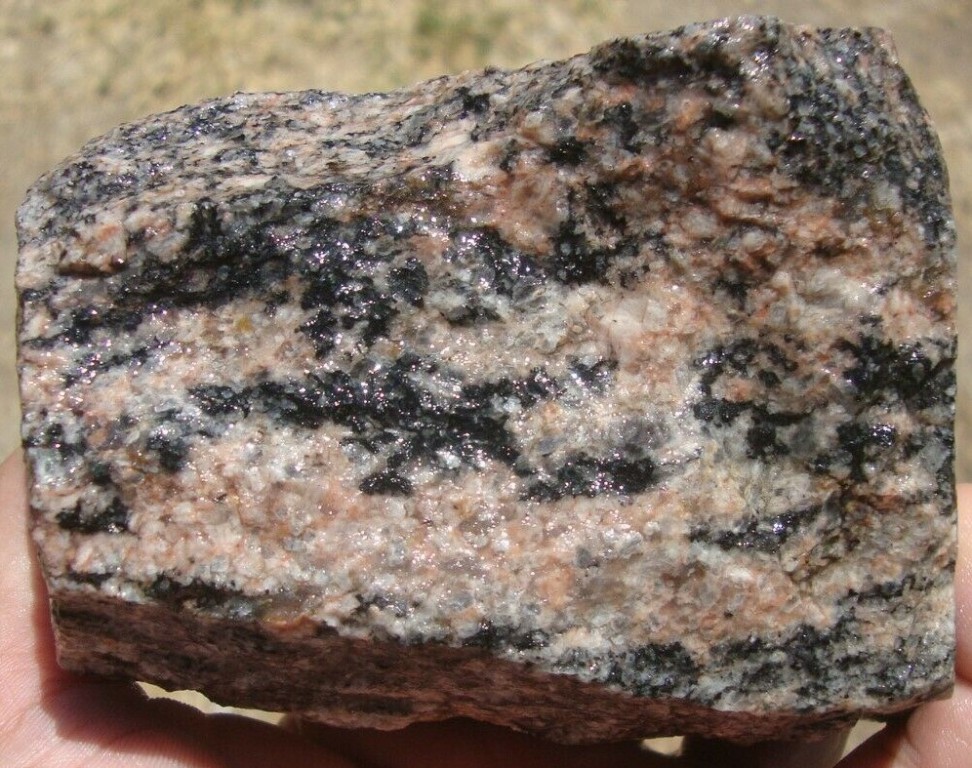
Photographed by Michael P. Klimetz
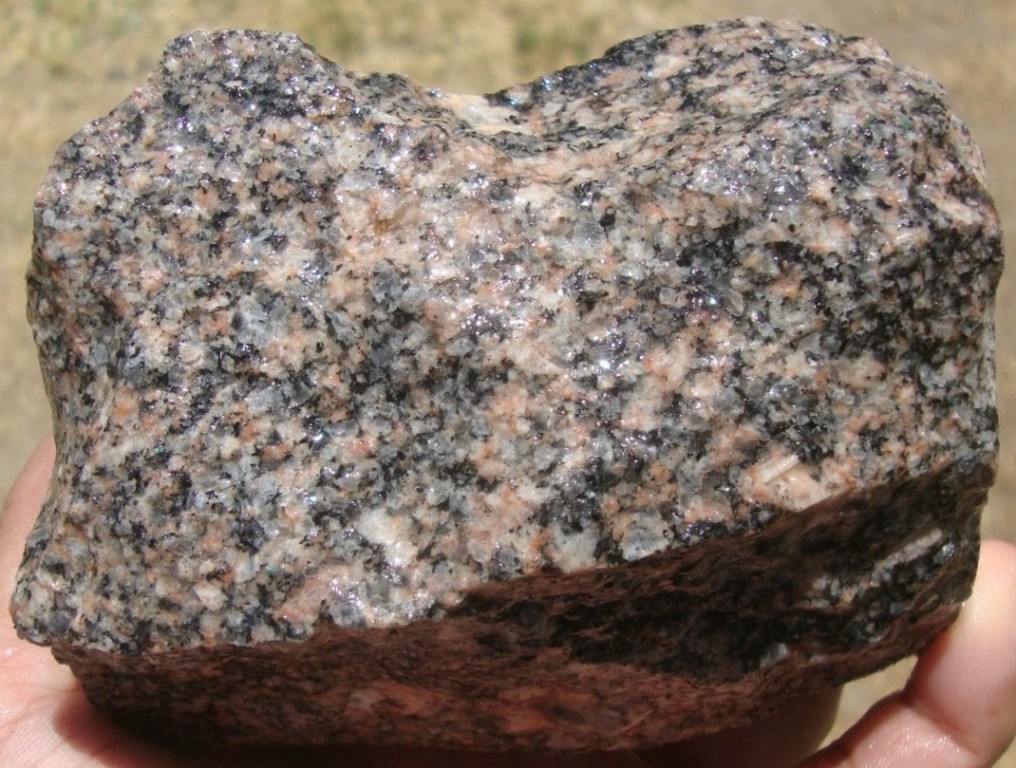
Photographed by Michael P. Klimetz
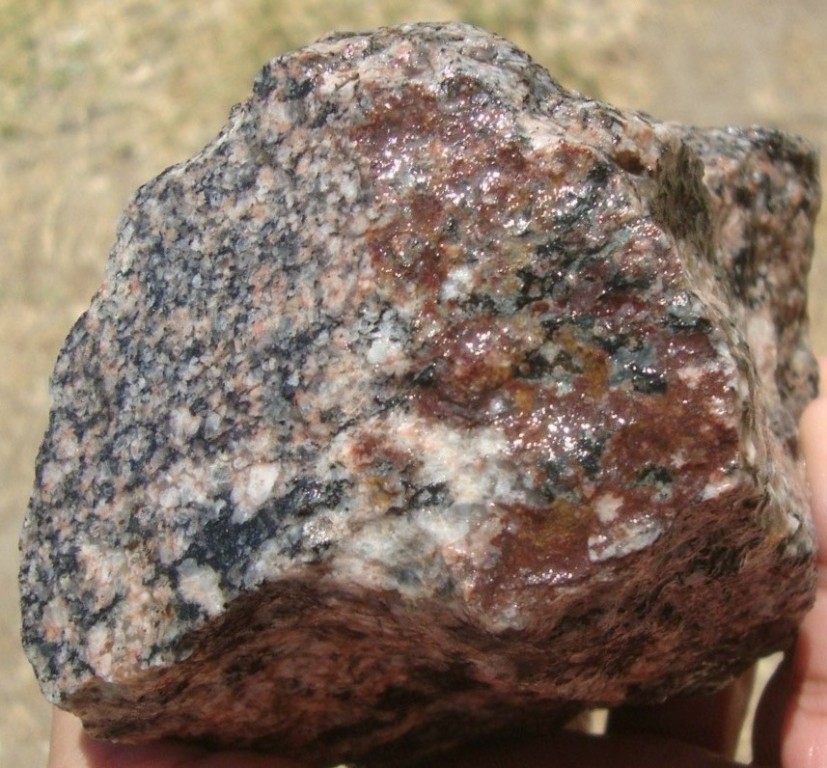
Photographed by Michael P. Klimetz
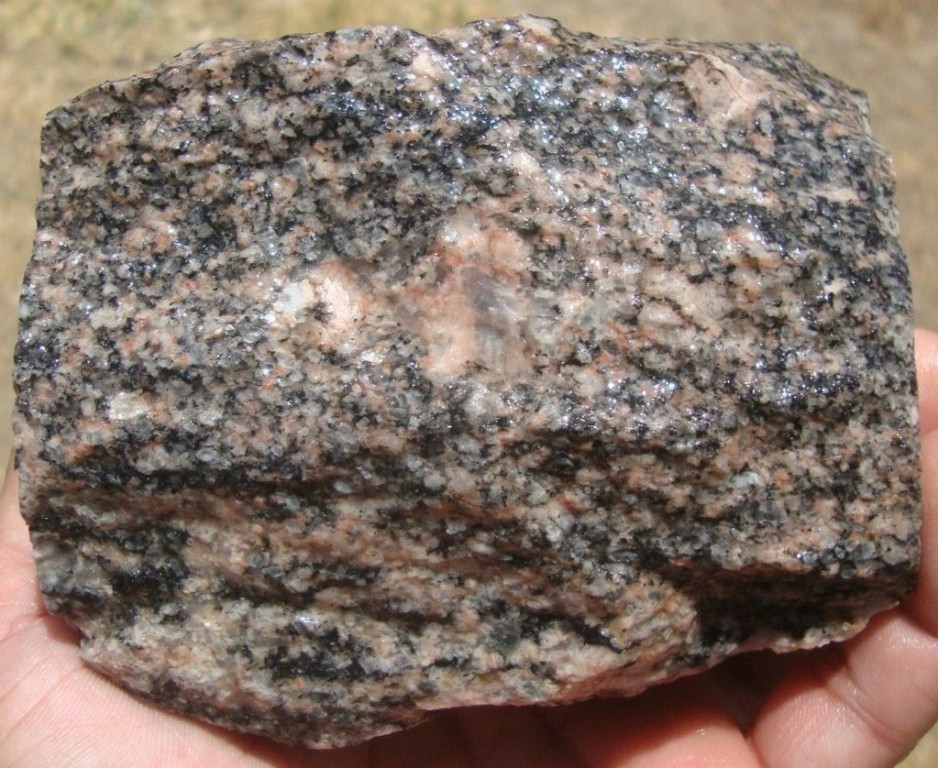
Photographed by Michael P. Klimetz

Photographed by Michael P. Klimetz
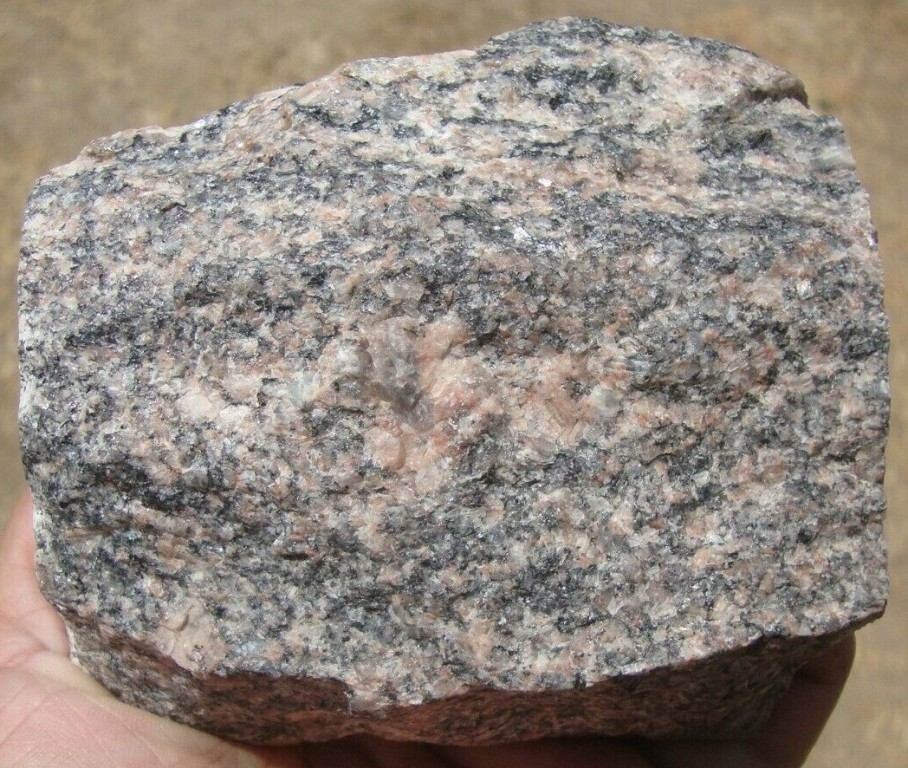
Photographed by Michael P. Klimetz
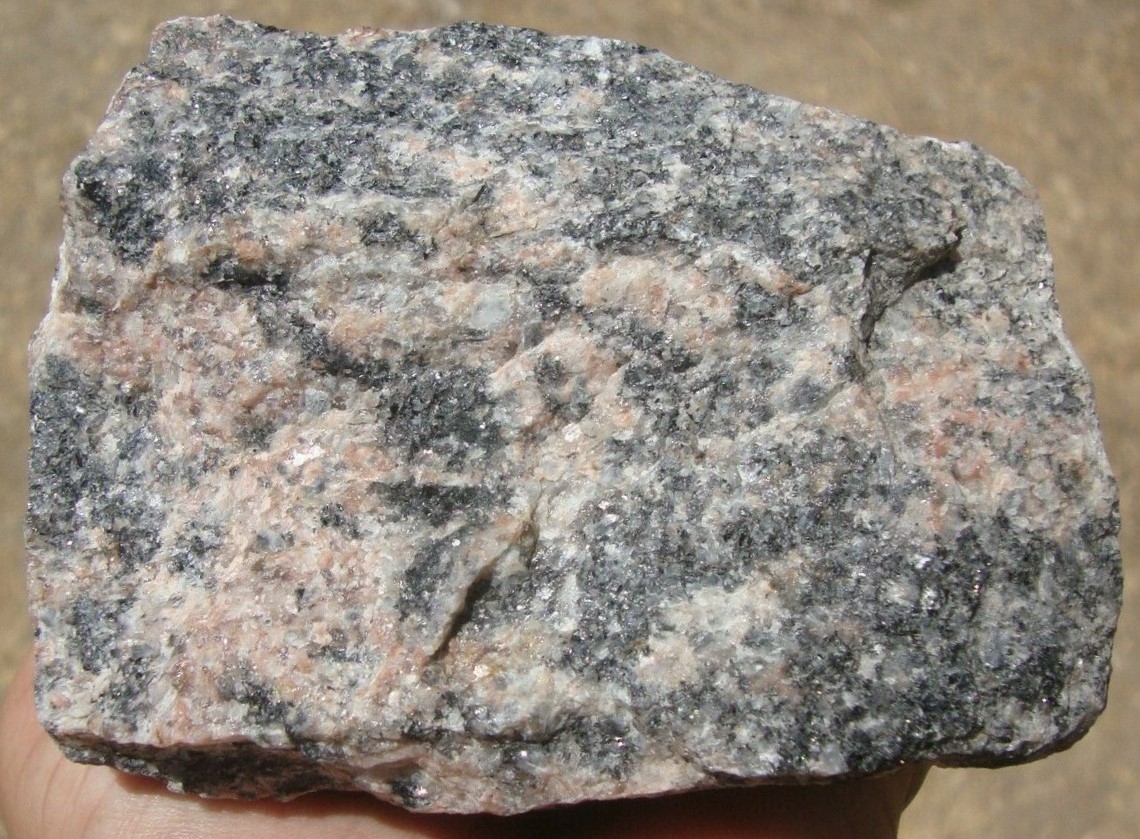
Photographed by Michael P. Klimetz
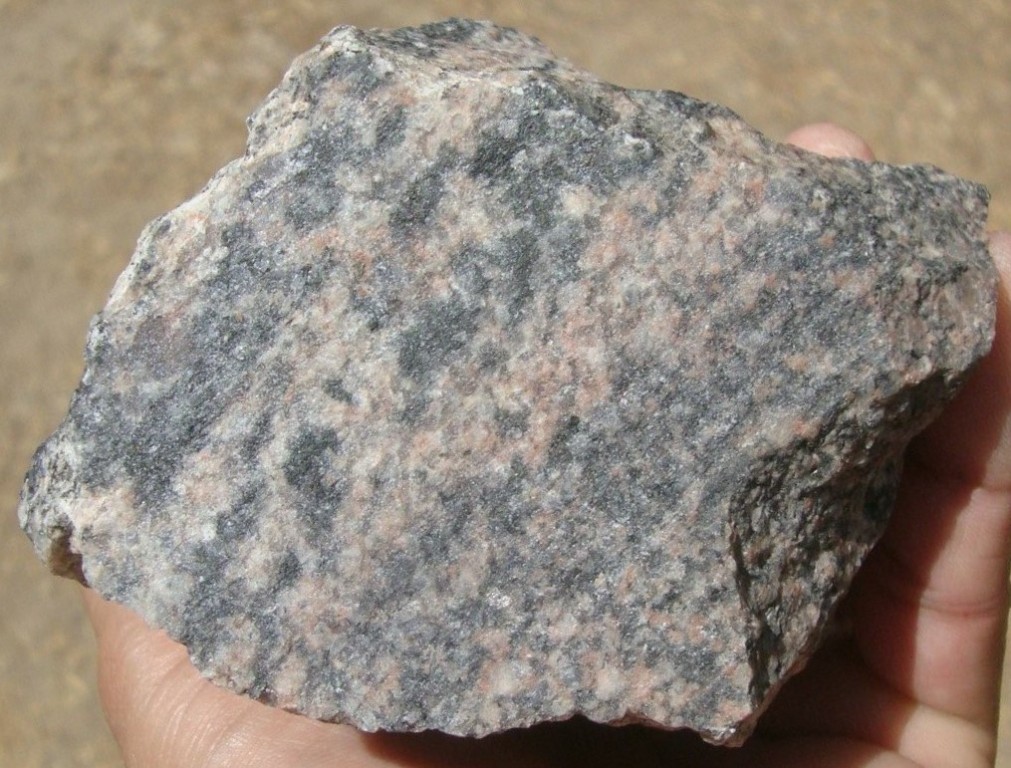
Photographed by Michael P. Klimetz
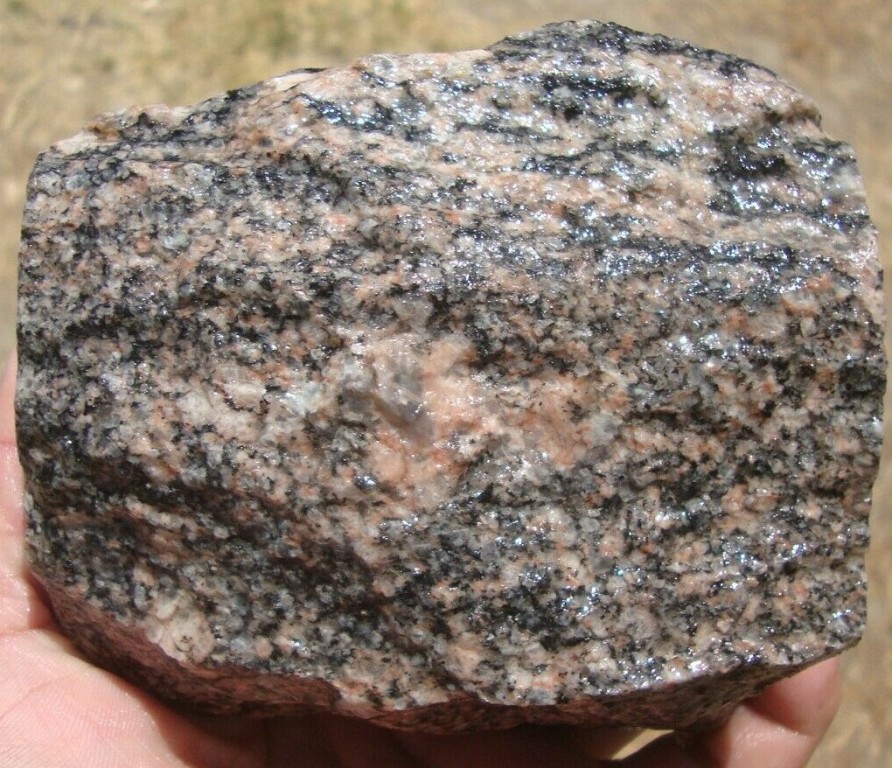
Photographed by Michael P. Klimetz